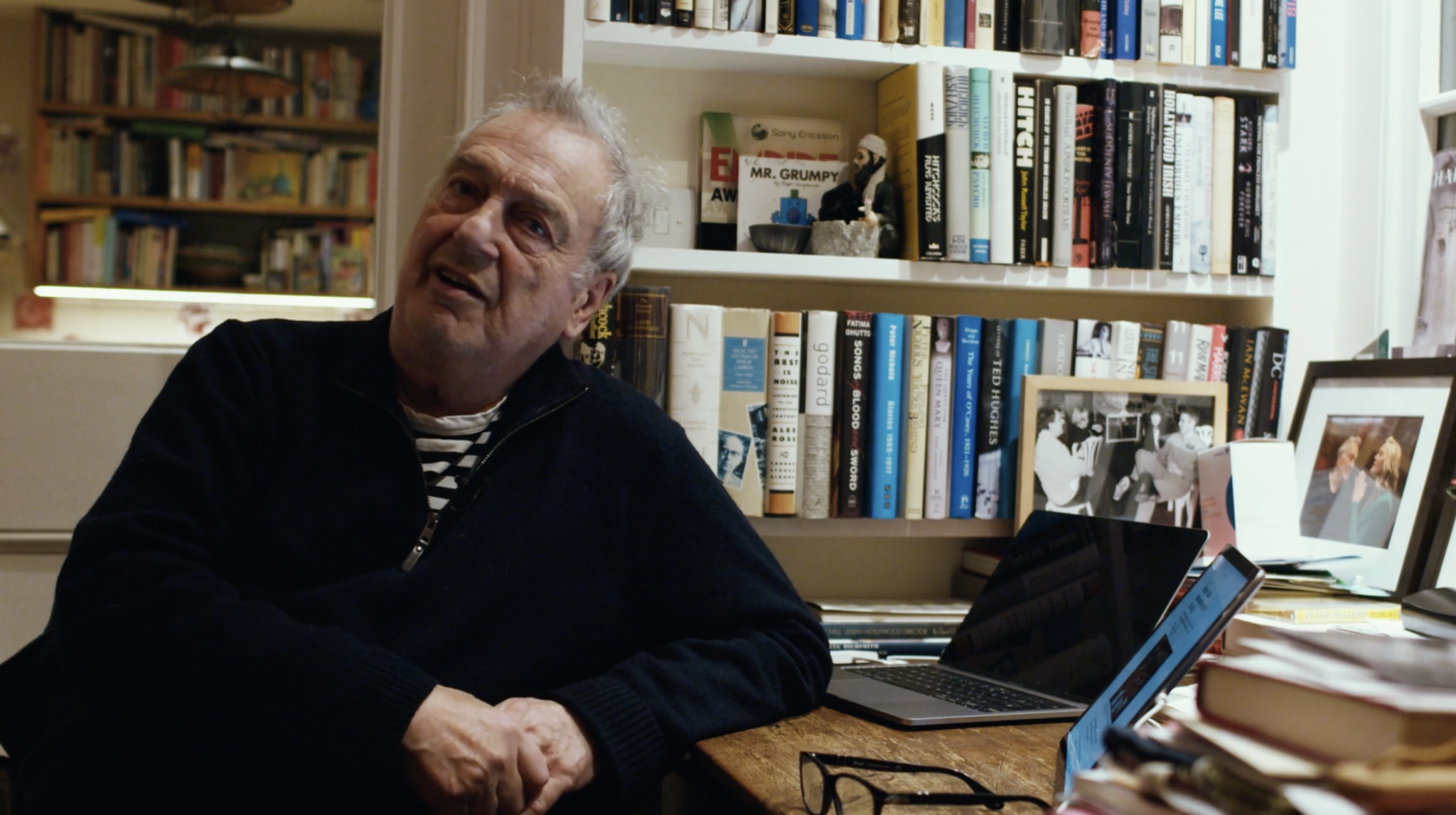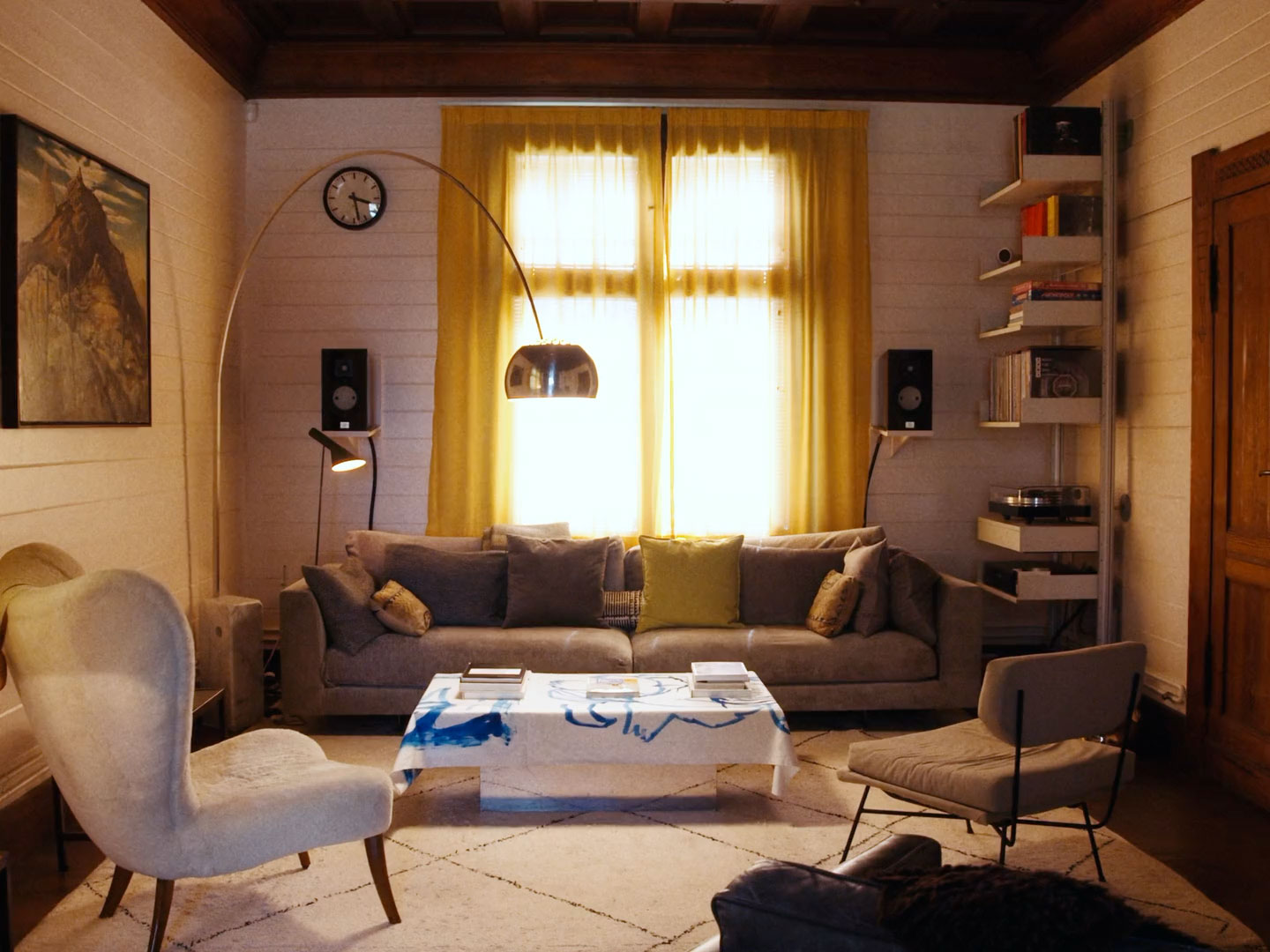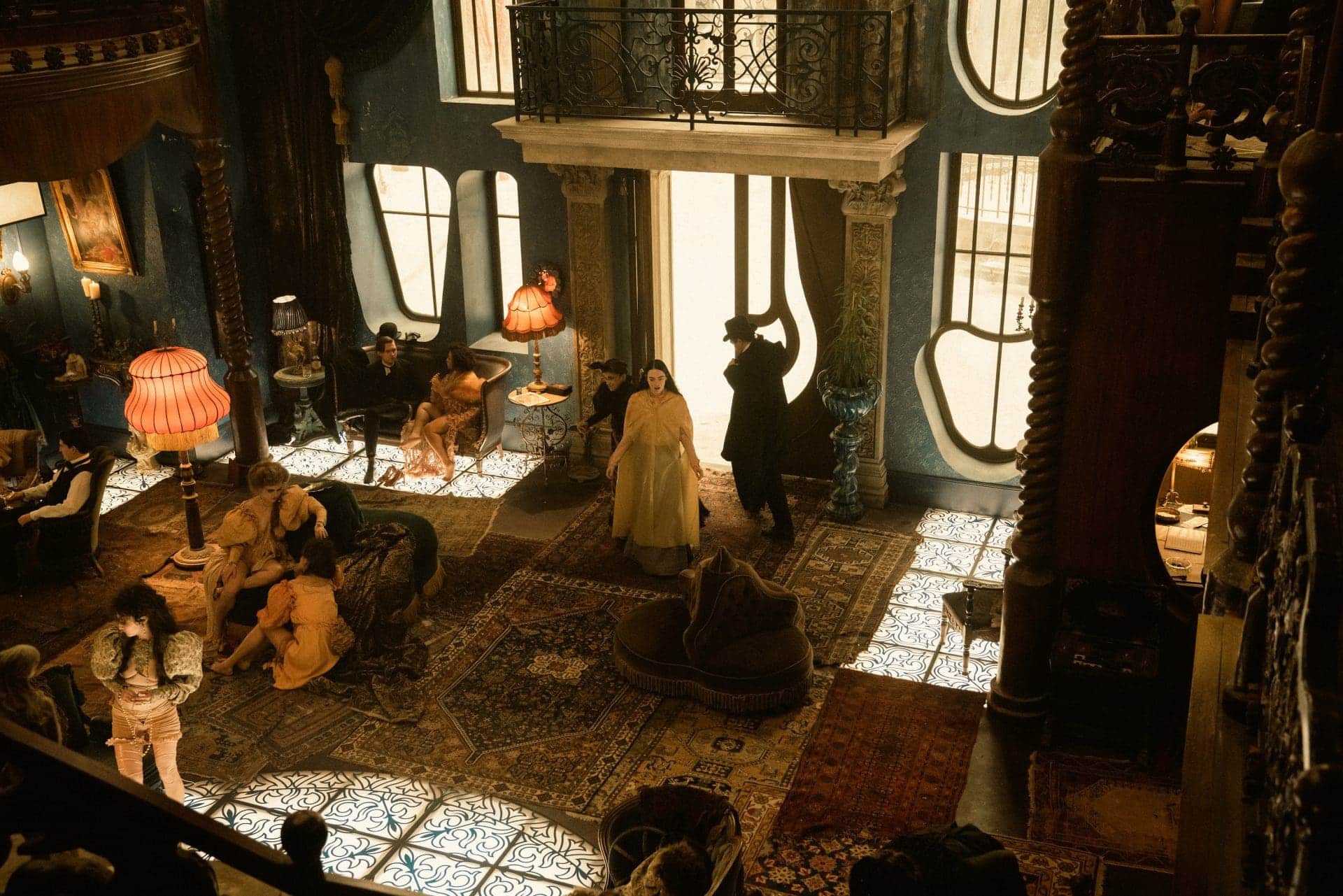
Luke Georgiades: What is it about Yorgos Lanthimos’s sensibilities as a filmmaker that speaks to you and aligns with your sensibilities as an artist?
Shona Heath: There is a discomfort and awkwardness around Yorgos’s films that appeals to my humour. It has been a new opportunity for me to incorporate humour into the design approach. He is fearless and likes to take risks and is very unpredictable in his response to ideas which I find terrifying and inspiring.
LG: Can you tell us a bit about why you’ve always been drawn to the surreal and how your relationship with the concept has evolved through the years?
SH: I think I have always found the possibility of humour in the surreal, even if the result is not funny. The idea often comes from the absurd, is irreverent, or just a bit silly. Surrealism also annoys some people which I think is part of its charm. I am not an anarchist or a rebel by any means, but pushing people to accept ridiculous or out-of-the-box ideas does feed my rebellious streak.
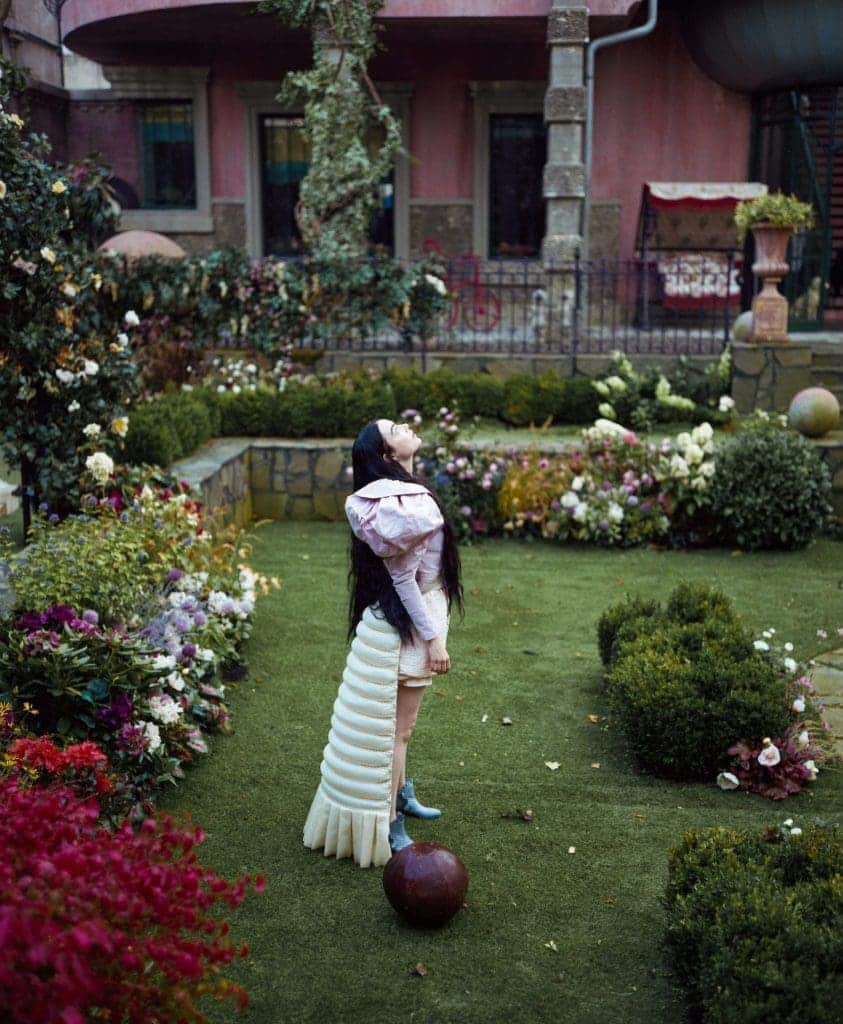
Emma Stone in Poor Things. Photo by Yorgos Lanthimos. © Searchlight Pictures.
LG: Have you found that production designing for film has scratched a different creative itch than perhaps your work with still imagery?
SH: I have loved the start of the visual journey being words, beginning with the script. It sparks my creative thought process in a completely different way, and I love it. I love the characters, and how the costumes can play against the world they are in and the character they sit on, and it is all part of the same conversation. I am not sure if it is designing for film in general that scratches that itch, or collaboration on the right project with the right person. But for me, the still image still ignites my imagination more. Film tells me too much stuff already. I will never be a film consumer in a big way, as I don’t have those hours to spend absorbing such a finished complete art form, I like to be able to make my own stories. I am just more about output than input.
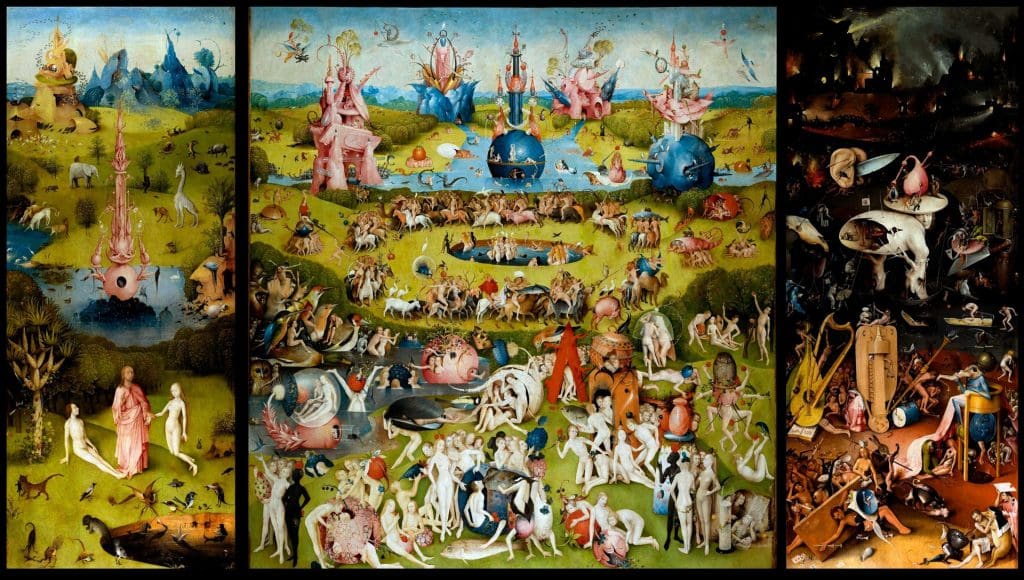
The Garden of Earthly Delights 1490 – 1510. Gallery Vekarta, Russia, Moscow, 2022. By Hieronymus Bosch.
LG: What aspect or detail from your work on Poor Things are you the most proud of? What aspect posed the biggest challenge?
SH: I am most proud of the chapter headings. It was a conundrum how Bella would travel around the world, and somehow transport to a more definite time in history that we didn’t want to pinpoint. I drew a sketch of Bella riding a fish and asked Yorgos if she could travel on a fish to Lisbon. He said maybe, but what else—does she travel on to Paris or Alexandria? The next sketches were of her on a seagull and on a flaming crepe suzette. This was so much fun, and I couldn’t believe we got to do something so indulgent. In the end she floated on a slice of brain, tumbled in an embryonic sack, walked on her own fingertips in a sea of blood cells and went back home on an eyeball bridge in the sky. I worked with Time Based Arts in London creating these moving surrealist tableaus from all original shot footage, and it made me very excited and so thankful for a job I love.
I drew a sketch of Bella riding a fish and asked Yorgos if she could travel on a fish to Lisbon. He said maybe, but what else—does she travel on to Paris or Alexandria? The next sketches were of her on a seagull and on a flaming crepe suzette.
LG: What kind of creative rabbit holes did you venture down in order to find inspiration for some of the more fantastical imagery in the film?
SH: The Alexandria scene looks like something pulled from a painting. Paintings were always the best way into Poor Things. Francis Bacon paintings were Baxter’s face. The Hieronymus Bosch painting The Garden of Earthly Delights, inspired the architecture of Baxter’s fleshy pink warped house with glass domed windows, and also the hellish burning slums of Alexandria. Colour schemes were very carefully limited by painting references. Impressionist paintings of Paris in the snow made us choose a specific lilac colour palette for Paris where red trees looked like the vein system in lungs. Looking at paintings is the best way to be inspired as you can interpret a brushstroke as many different things, but for me those strokes hold a magic and an energy I try to keep in the forefront while designing. I have also become obsessed with anomalies in architecture, weird mistakes, out of details that expose a true designer behind them, who at that time was a maverick thinker and somehow got away with something that didn’t conform.

